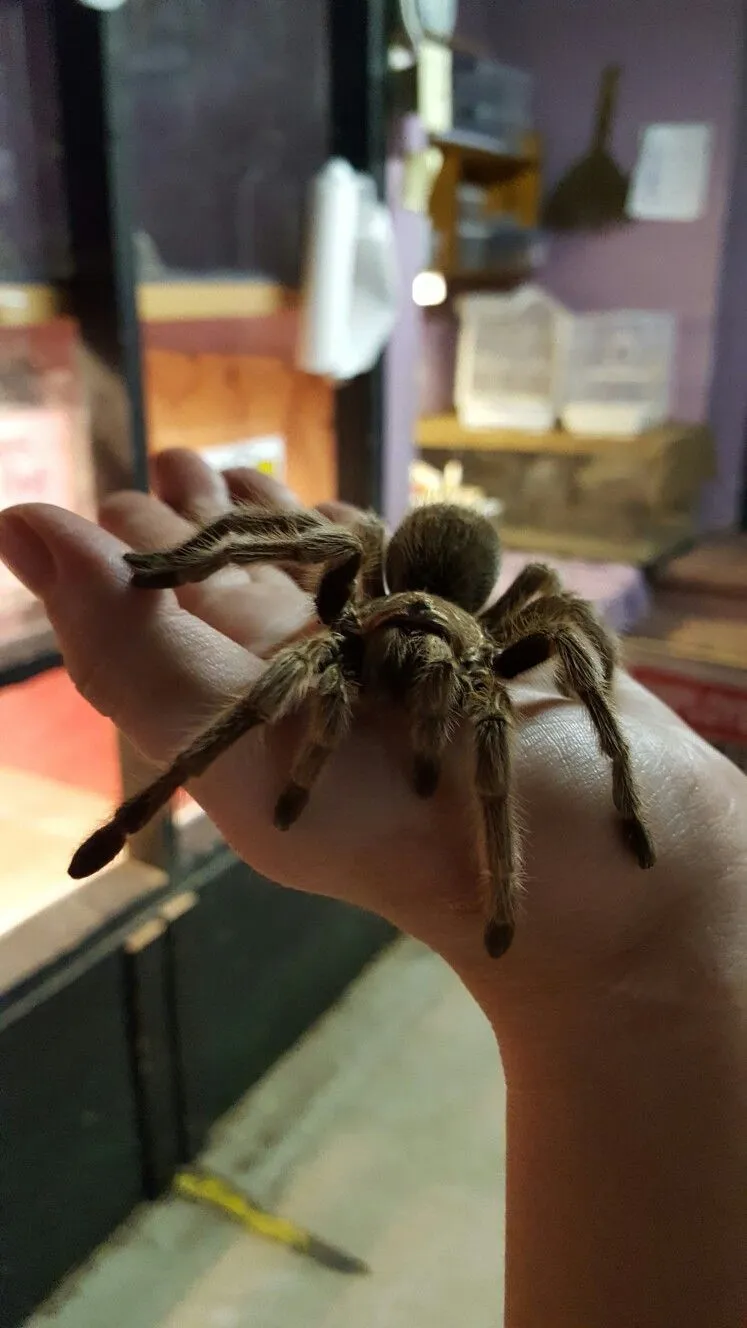The Rose Hair Tarantula Lifespan Unveiled
The Rose Hair Tarantula, Grammostola rosea, is a popular pet choice due to its docile nature and relatively long lifespan. Understanding the factors influencing their longevity is crucial for responsible pet ownership. On average, these tarantulas can live for a significant amount of time, but several variables affect how long your rose hair tarantula will thrive. This article will delve into the secrets behind their lifespan, offering valuable insights into caring for these fascinating creatures throughout their lives. Whether you are a seasoned tarantula keeper or just starting, this information will help you ensure your pet enjoys a long and healthy life.
Factors Influencing Rose Hair Tarantula Longevity
Several elements influence how long your rose hair tarantula lives. These include genetics, gender, diet, habitat, and overall care. By paying close attention to these aspects, you can significantly impact your tarantula’s well-being and potential lifespan. Providing the ideal environment and adhering to a proper care routine will contribute to a longer, healthier, and more fulfilling life for your rose hair tarantula. It is all about understanding your tarantula’s unique needs and catering to them accordingly.
Gender and Its Impact
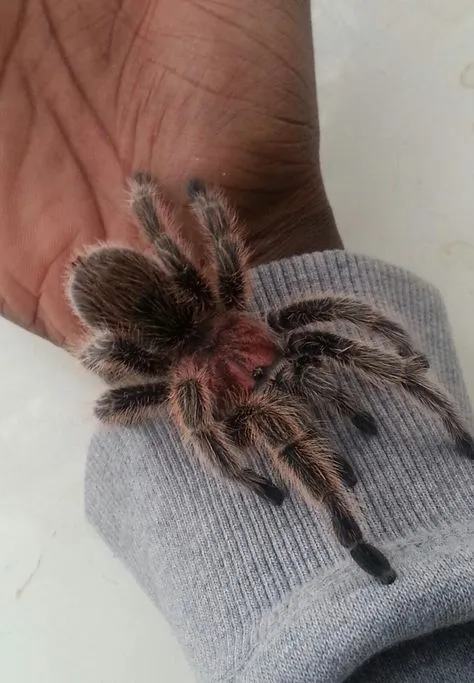
The gender of your rose hair tarantula is a significant determinant of its lifespan. Females tend to live considerably longer than males, often by several years. This difference is primarily due to the male tarantula’s life cycle, which is shorter due to the mating process and its associated risks and energy expenditure. Understanding the gender of your tarantula is key to setting realistic expectations for its lifespan.
Male vs Female Rose Hair Tarantulas
Female rose hair tarantulas can live for 15 to 20 years or even longer under optimal conditions. Males, on the other hand, typically live for only 5 to 10 years. The shorter lifespan of males is a result of their primary life purpose being reproduction. After reaching maturity, they actively seek mates, and this process often shortens their lifespan due to stress and the risks associated with finding and interacting with females. When acquiring a rose hair tarantula, consider the lifespan difference when making your decision.
The Role of Diet
Diet is a cornerstone of a healthy tarantula. A well-balanced diet provides the necessary nutrients for growth, molting, and overall health. Overfeeding can lead to obesity, while underfeeding can result in malnutrition. Providing a consistent supply of appropriately sized insects is crucial. Crickets, mealworms, and roaches are common food items that offer the necessary protein and nutrients. Ensure the insects are gut-loaded before feeding them to your tarantula to provide additional vitamins and minerals. A varied diet enhances the tarantula’s overall health and resilience.
Nutritional Needs for Senior Tarantulas
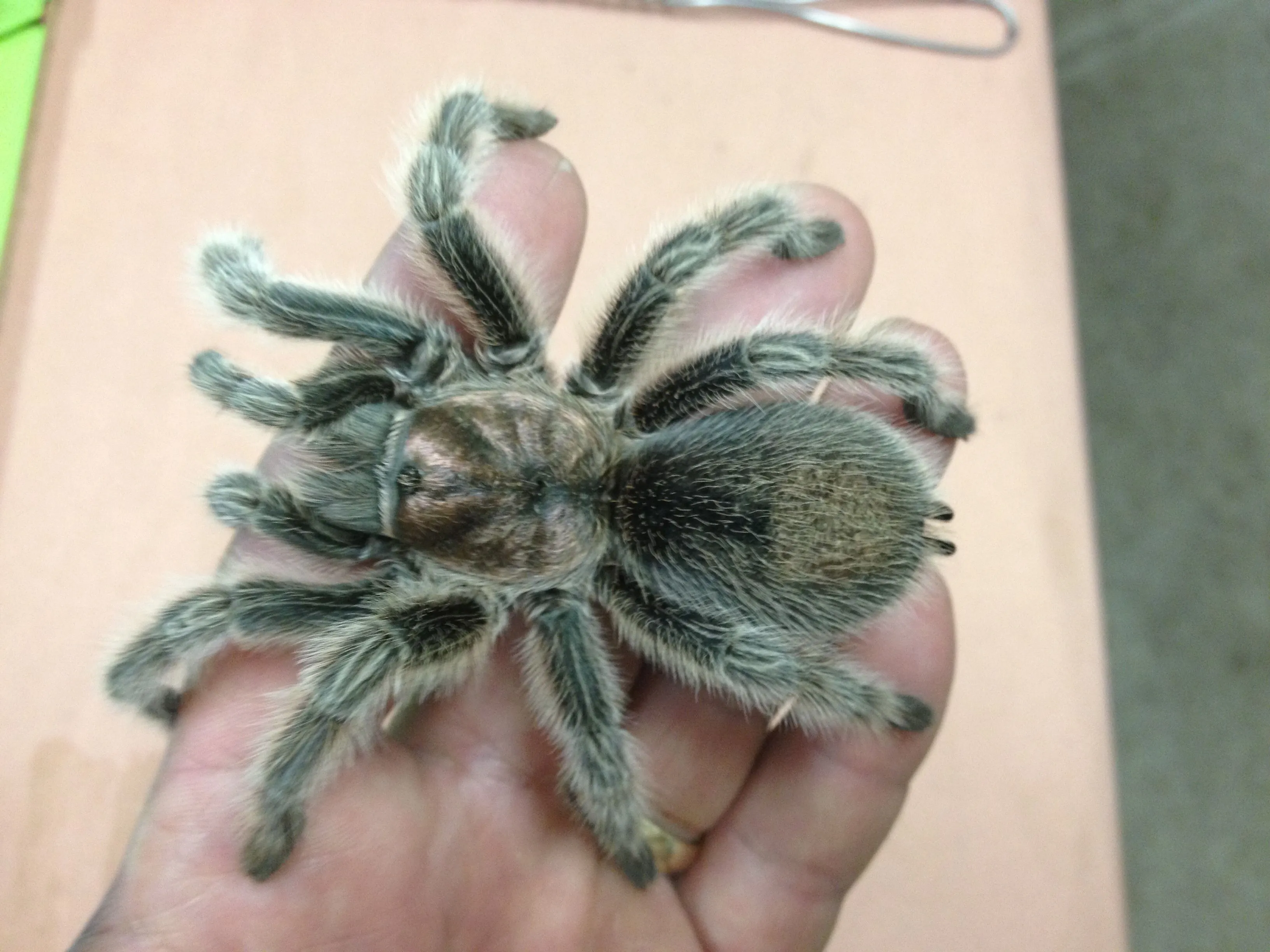
As your rose hair tarantula ages, its dietary needs may change. Older tarantulas might eat less frequently or have difficulty consuming larger prey items. It’s essential to adjust the diet accordingly. Offer smaller, easier-to-manage insects and consider pre-killing the prey to make it easier for the tarantula to eat. Ensure fresh water is always available, as hydration is essential. Adding a vitamin supplement to their diet, under the guidance of a veterinarian specializing in exotic animals, may also be beneficial for supporting their health during their senior years.
Importance of a Suitable Habitat
Creating a proper habitat is non-negotiable for your tarantula’s well-being. The enclosure must provide adequate space for movement and exploration. The substrate should be suitable for burrowing, as rose hair tarantulas are terrestrial and enjoy creating burrows. A well-designed habitat mimics their natural environment, minimizing stress and promoting their health. The right habitat will also help regulate humidity and temperature, both of which are critical for the tarantula’s health.
Temperature and Humidity Requirements
Rose hair tarantulas thrive in a specific temperature and humidity range. The ideal temperature range is typically between 75 to 85 degrees Fahrenheit (24 to 29 degrees Celsius). Use a thermometer to monitor the temperature within the enclosure and provide a heat source if needed, such as a heat mat or a ceramic heat emitter. Humidity should be maintained around 60-70%. Regular misting or the presence of a water dish can help achieve this level. The environmental consistency contributes significantly to molting success and overall health. Avoid extreme fluctuations in temperature or humidity.
Detecting Old Age in Your Rose Hair Tarantula
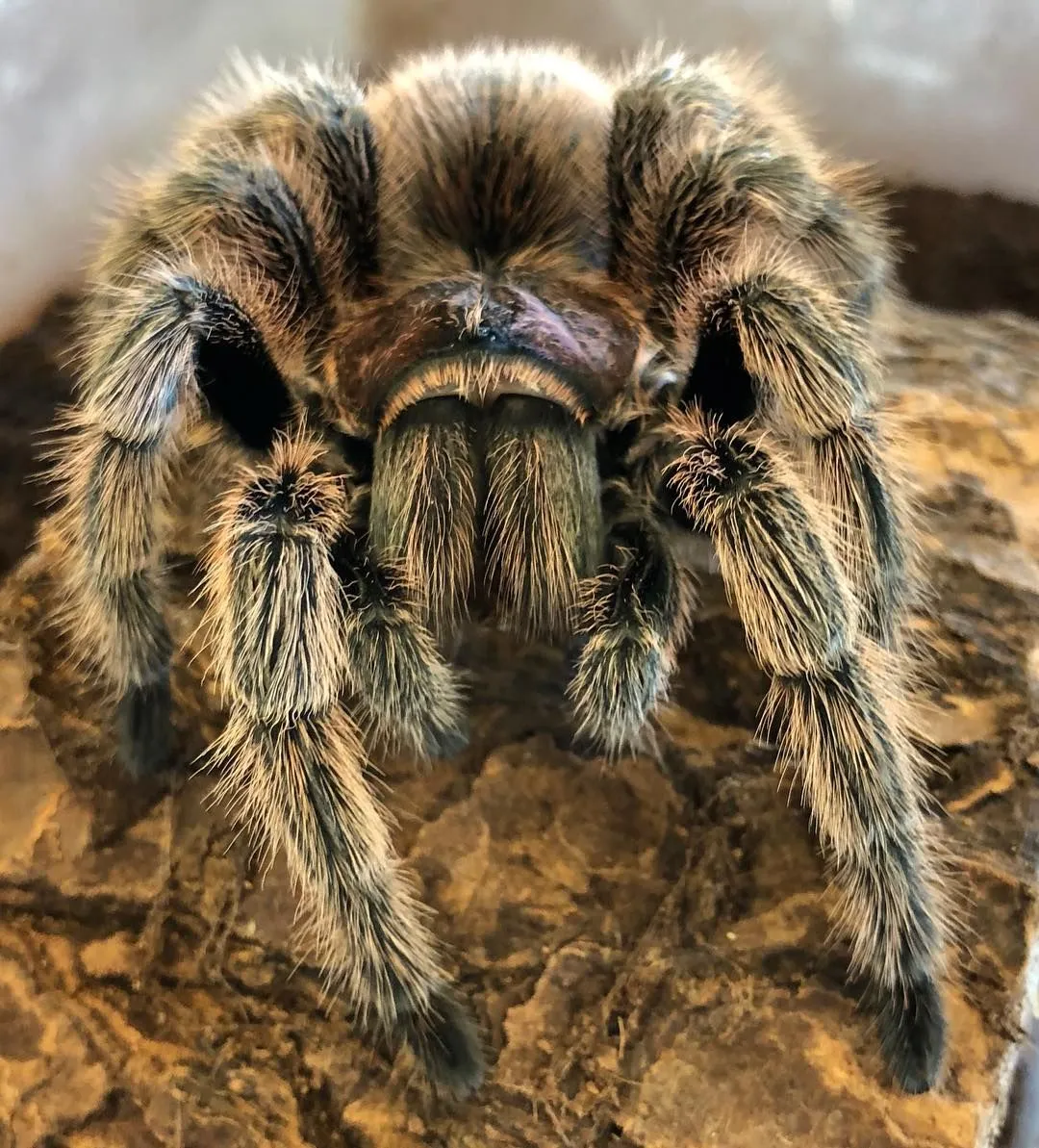
Recognizing the signs of old age in your rose hair tarantula allows you to provide appropriate care and ensure their comfort during their later years. These signs can vary, but are usually noticeable. Being attentive to your tarantula’s behavior and physical condition can help you provide the best care. The aging process may also bring about changes, requiring adjustments in their care. Pay close attention to the changes in behavior, appetite, and physical appearance to determine the needs of your pet.
Changes in Behavior
Older rose hair tarantulas may exhibit changes in their behavior. They may become less active, spending more time in their burrow or resting. They might also show a decreased interest in exploring their enclosure. Some tarantulas may become more docile, while others may become more sensitive to disturbances. Observing these behavioral changes is important, so you can adjust their environment accordingly, providing a more comfortable and less stressful living space. Monitor any subtle changes, as they can indicate the tarantula’s health and needs.
Decreased Appetite
A common sign of old age is a reduced appetite. Your tarantula may eat less frequently or refuse food altogether. While some loss of appetite is normal during the molting process, a persistent lack of interest in food can indicate that your tarantula is getting older. You may need to adjust the type and size of food offered, providing smaller prey items or pre-killing them to make it easier to consume. Consistent refusal of food, however, warrants careful monitoring and possibly a vet visit.
Physical Deterioration
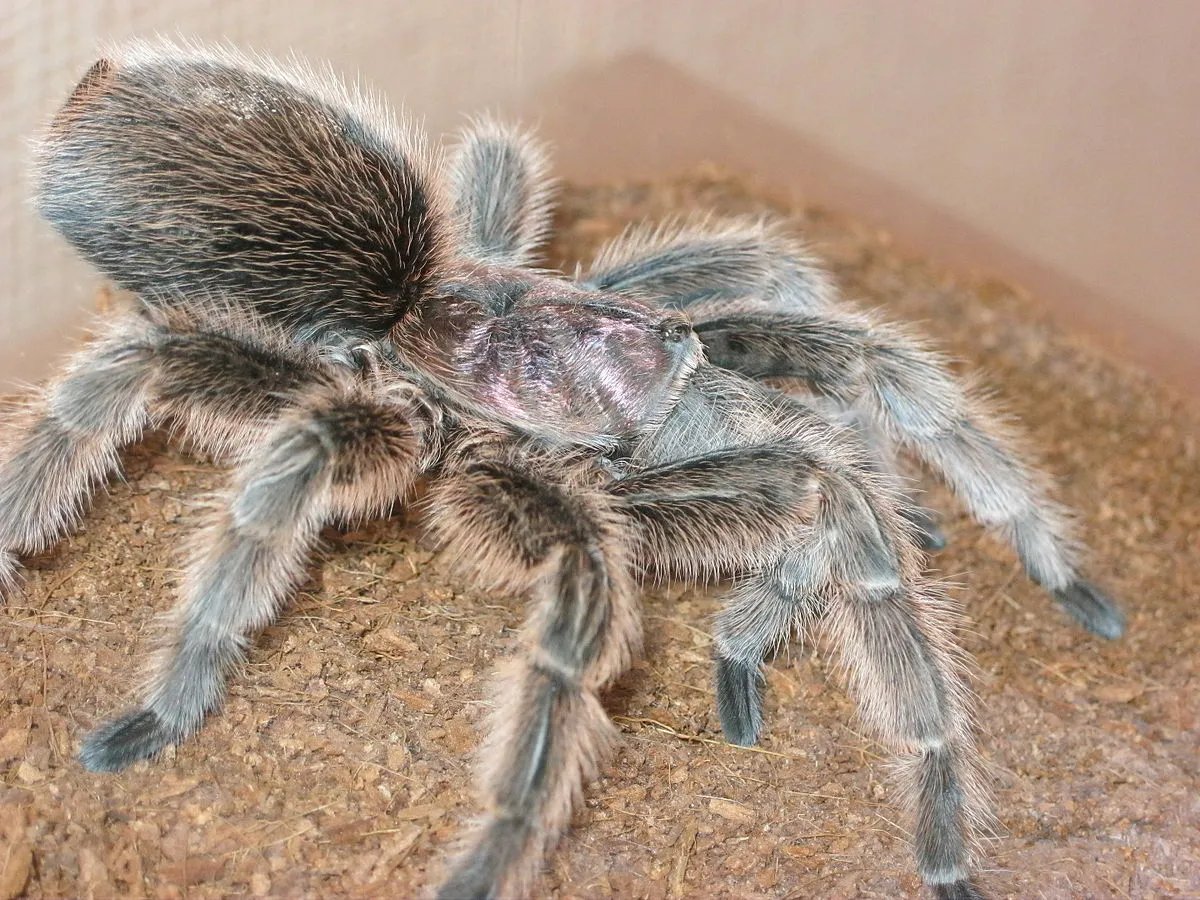
Physical changes are often apparent in older tarantulas. These can include a dulling of the colors, thinning of the exoskeleton, and a general decline in physical condition. The abdomen may appear smaller, and the legs may show signs of wear. Observing these changes gives you an insight into the health of your tarantula. Regular health checks and monitoring are required to support the tarantula’s needs.
Legs and Movement
Older tarantulas may experience difficulties with their legs and movement. They might move more slowly, have trouble climbing, or show signs of weakness. The leg hairs, known as setae, may become less effective, reducing their ability to grip surfaces. If you observe these signs, ensure their enclosure provides easy access to food and water, and consider adjusting the substrate to make it easier for them to move around. The ease of movement can greatly affect their quality of life.
Exoskeleton Appearance
The exoskeleton of an older rose hair tarantula may undergo changes. The exoskeleton may become duller, and the colors may fade. Some areas might appear thinner, making the tarantula more vulnerable. During molting, older tarantulas may have more difficulty shedding their old exoskeleton. Providing a humid environment can help ease the molting process and support their overall health. Monitor any changes in the exoskeleton to ensure the tarantula’s well-being.
Caring for an Aging Rose Hair Tarantula
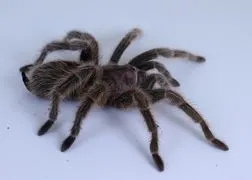
Caring for an aging rose hair tarantula involves making adjustments to their environment and care routine to meet their changing needs. Provide extra attention to detail, and adapt your approach to support their comfort and health. This may include modifying their diet, habitat, and overall care. These adaptations can help them enjoy a higher quality of life during their senior years. Being informed and attentive to these changes will create a supportive and comfortable home for your tarantula.
Dietary Adjustments for Older Tarantulas
As mentioned previously, dietary adjustments are crucial for aging tarantulas. Offer smaller, easier-to-manage prey items, such as pre-killed insects. If your tarantula is struggling to eat, consider mashing the food slightly to make it more accessible. Ensure fresh water is always available, and monitor their feeding habits closely. Regular observation will help you identify any issues. Supplementing their diet, under the guidance of a veterinarian specializing in exotic animals, might be beneficial.
Providing a Comfortable Habitat
Modify their habitat to meet their needs. Reduce the height of the enclosure to make it easier for them to move around, and ensure the substrate is soft and easy to navigate. Avoid harsh changes in temperature or humidity. Provide plenty of hiding places, and minimize disturbances. A comfortable and safe environment reduces stress and promotes their well-being, allowing them to live out their senior years in peace. Ensure all elements of the habitat provide a nurturing environment.
Health Monitoring and Veterinary Care
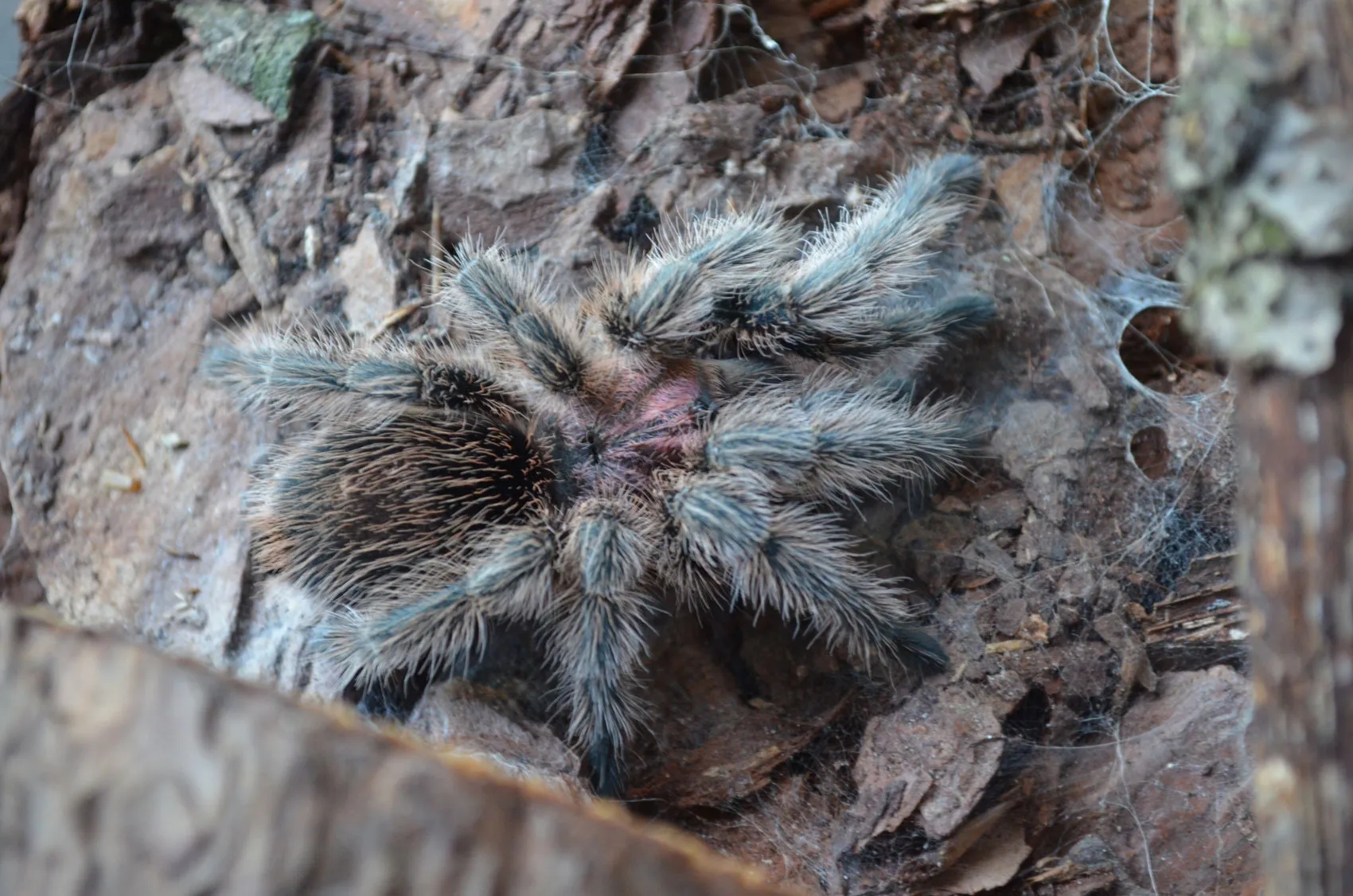
Regular health monitoring is essential. Observe your tarantula for any changes in behavior, appetite, or physical condition. Consult with a veterinarian experienced in exotic animals if you notice any signs of illness or distress. Early intervention can often improve their quality of life. Routine checkups will provide valuable information about the health of your tarantula. Knowing the health needs of your tarantula is vital to its well-being and care.
Common Health Issues in Senior Tarantulas
Senior rose hair tarantulas are more prone to certain health issues. These include parasites, infections, and difficulties molting. Watch for signs such as lethargy, loss of appetite, or swelling. If you observe any of these symptoms, seek immediate veterinary attention. Regular health checks are essential for early detection. Working with a vet that specializes in tarantulas can help you with preventative measures and early treatment options. Early diagnosis often leads to successful treatment and improved outcomes.
The Final Stages of Life
Acceptance and preparation are key during the final stages of your tarantula’s life. If your tarantula is nearing the end of its life, provide it with a peaceful and comfortable environment. Continue to offer care and support, but understand that certain health issues may become untreatable. As a responsible pet owner, you’ll have to make some difficult decisions if they are suffering. Providing a stress-free environment will help your tarantula through this time. Celebrate the life of your pet.
The lifespan of a rose hair tarantula is affected by various factors, including gender, diet, and habitat. By understanding these factors, you can take the necessary steps to maximize your pet’s longevity. Regularly monitoring your tarantula’s behavior and physical condition will provide you with insight. Creating a well-maintained environment, providing a balanced diet, and recognizing the signs of aging, can help ensure a long and fulfilling life. Caring for an aging tarantula requires patience, observation, and a commitment to their well-being. With proper care, you can provide a supportive environment and a high quality of life for your beloved rose hair tarantula throughout its entire life.
